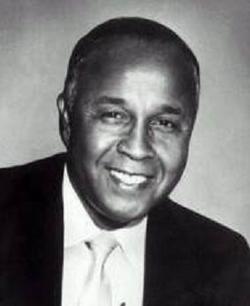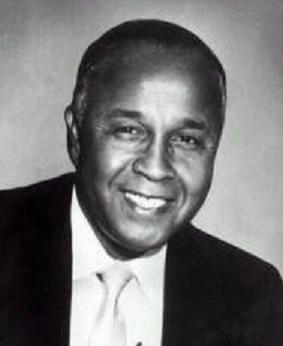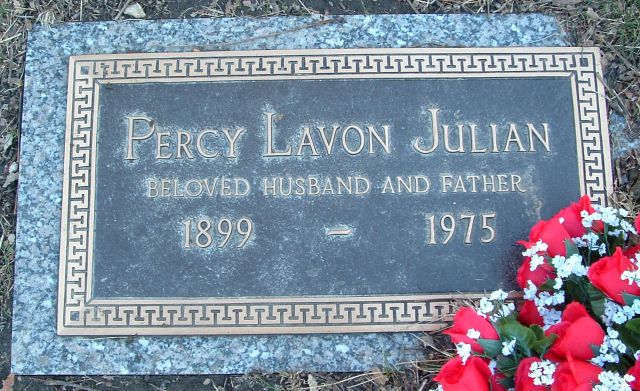Entrepreneur. He gained recognition as an African-American chemist who reached success in the research laboratory as well as the boardroom of his own company. He was a pioneer in the chemical synthesis of medicinal drugs from plants. Born the oldest of six children, his parents were college graduates, yet his grandparents were enslaved on an Alabama plantation. He received a B.A. from DePauw University in 1920, graduating as valedictorian; an M.S. from Harvard University with an Austin Fellowship in Chemistry; and a PhD from the University of Vienna on a Rockefeller Foundation Grant. He was the third African-American to receive a PhD. He taught at Fisk University, West Virginia State College, Howard University, and DePauw University and faced racial prejudices in the world of academia. From 1936 to 1953, he was the research director of the soya products division and later the chemicals development division of the Glidden Company. During World War II, he helped to develop a firefighting foam. For this work, the NAACP awarded him in 1947 the Spingarn Medal, their highest honor. He helped Jewish scientist colleagues fleeing the Nazi anti-Semitic agenda. After 1953, he headed his own companies, with his first being Julian Laboratories, Inc. His Mexico City company was sold to Smith, Kline, and French Pharmacies. He is credited with the synthesis of physostigmine for the treatment of glaucoma, of the female sex hormone progesterone from yams, and of a compound from soybean sterols, making possible quantity production of cortisone. In 1950, he was named Chicagoan of the Year by the "Chicago Sun-Times". On Thanksgiving Day of 1950, his home was firebombed for racial hatred, and again, his house was attacked with dynamite on June 12, 1951. He sold his company in 1961 and became one of the first Black millionaires. In 1964, Julian founded Julian Associates and Julian Research Institute, which he managed for the rest of his life. On December 24, 1935, he married Dr. Anna Roselle, and the couple had a son and a daughter. He died of liver failure. Among his host of accolades are being accepted to the National Academy of Sciences in 1973, being listed among the 100 Greatest African-Americans, and was inducted in the National Inventors Hall of Fame in 1990. There are several streets and schools named in his honor. Since 1975, the National Organization for the Professional Advancement of Black Chemists and Chemical Engineers has presented the Percy L. Julian Award for Pure and Applied Research in Science and Engineering.
Entrepreneur. He gained recognition as an African-American chemist who reached success in the research laboratory as well as the boardroom of his own company. He was a pioneer in the chemical synthesis of medicinal drugs from plants. Born the oldest of six children, his parents were college graduates, yet his grandparents were enslaved on an Alabama plantation. He received a B.A. from DePauw University in 1920, graduating as valedictorian; an M.S. from Harvard University with an Austin Fellowship in Chemistry; and a PhD from the University of Vienna on a Rockefeller Foundation Grant. He was the third African-American to receive a PhD. He taught at Fisk University, West Virginia State College, Howard University, and DePauw University and faced racial prejudices in the world of academia. From 1936 to 1953, he was the research director of the soya products division and later the chemicals development division of the Glidden Company. During World War II, he helped to develop a firefighting foam. For this work, the NAACP awarded him in 1947 the Spingarn Medal, their highest honor. He helped Jewish scientist colleagues fleeing the Nazi anti-Semitic agenda. After 1953, he headed his own companies, with his first being Julian Laboratories, Inc. His Mexico City company was sold to Smith, Kline, and French Pharmacies. He is credited with the synthesis of physostigmine for the treatment of glaucoma, of the female sex hormone progesterone from yams, and of a compound from soybean sterols, making possible quantity production of cortisone. In 1950, he was named Chicagoan of the Year by the "Chicago Sun-Times". On Thanksgiving Day of 1950, his home was firebombed for racial hatred, and again, his house was attacked with dynamite on June 12, 1951. He sold his company in 1961 and became one of the first Black millionaires. In 1964, Julian founded Julian Associates and Julian Research Institute, which he managed for the rest of his life. On December 24, 1935, he married Dr. Anna Roselle, and the couple had a son and a daughter. He died of liver failure. Among his host of accolades are being accepted to the National Academy of Sciences in 1973, being listed among the 100 Greatest African-Americans, and was inducted in the National Inventors Hall of Fame in 1990. There are several streets and schools named in his honor. Since 1975, the National Organization for the Professional Advancement of Black Chemists and Chemical Engineers has presented the Percy L. Julian Award for Pure and Applied Research in Science and Engineering.
Bio by: Linda Davis
Inscription
Beloved Husband and Father
Family Members
Advertisement
See more Julian memorials in:
Records on Ancestry
Advertisement











